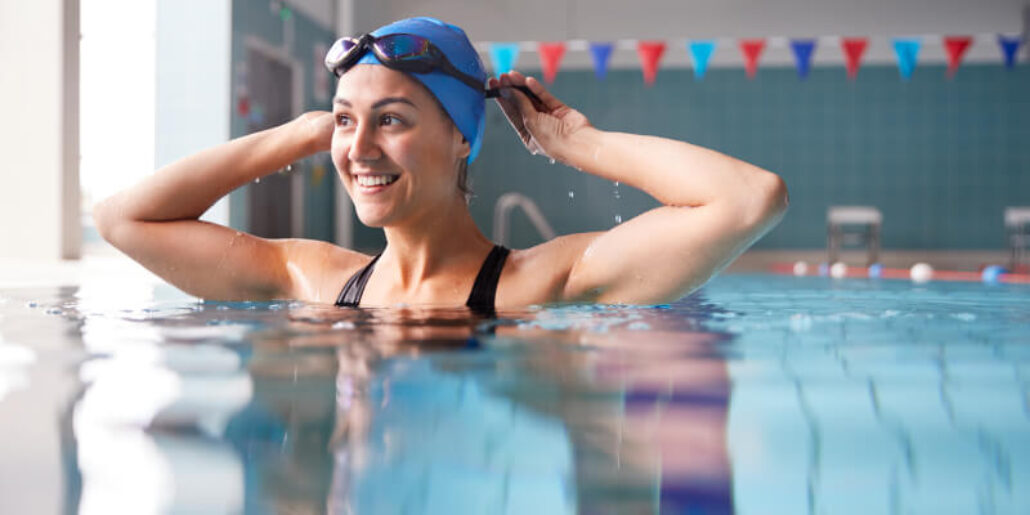We asked Summit Orthopedics hand surgeon and collegiate swimming athlete Lauren Smith, M.D, to share the most common upper body swimming injuries and how to avoid them.
Summit Orthopedics hand surgeon Lauren Smith, M.D., knows a thing or two about swimming, having been on the University of Minnesota’s swim team as a backstroker and butterflier. Today, Dr. Smith is a hand and wrist surgeon. She shares some common swimming injuries, and what you can do about them.
Common swimming injuries
Most of the problematic swimming injuries affecting the upper body are related to the shoulder. The shoulder is the joint with the widest range of motion, but it’s also the least stable. Common shoulder injuries swimmers face include:
- Tendinitis
- Biceps pain
- Shoulder impingement
- Labral pain
How can common swimming injuries be avoided?
According to Dr. Smith, an important goal of training is to prevent injury. “Serious swimmers sometimes have a swimming-specific strengthening program designed to prevent injury,” she said.
Pay attention to early indicators of a repetitive motion injury. Because perfecting a certain stroke involves using the same muscle groups in the same way, “Swimming can lead to a lot of recurring and persistent injuries,” Dr. Smith said.
For example, among swimmers who specialize in the butterfly, their back muscles can be overdeveloped, raising injury risk. “If you’re feeling soreness or noticing a clicking, catching, or popping sensation, then you know that something is happening that may signal injury,” Dr. Smith said.
What if a swimming injury has already happened?
“Once we’re injured,” Dr. Smith said, “the goal is to rehabilitate back to being able to do our preferred stroke and training regimens.”
Depending on what your specialist finds in your physical exam, many common swimming injuries can be treated with physical therapy. “Physical therapy is a first-line treatment for these injuries,” Dr. Smith said. Occasionally, injections can be helpful to decrease inflammation, depending on the specific injury.
As part of the rehabilitation process, it’s important to look at the underlying causes of the injury. Can improvements be made to your posture, mobility, strength, or endurance to help you avoid this situation in the future?
Preventing the injury from coming back is key. Talking with your coaches and athletic trainers about your stroke technique can be helpful in stopping an injury from recurring.
